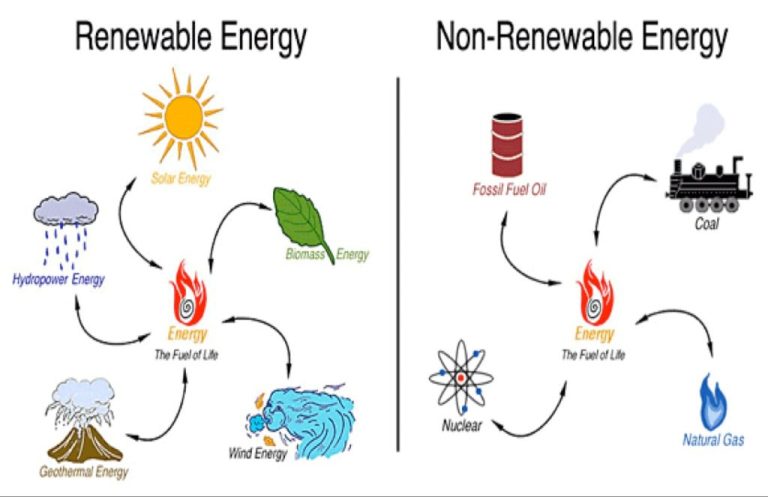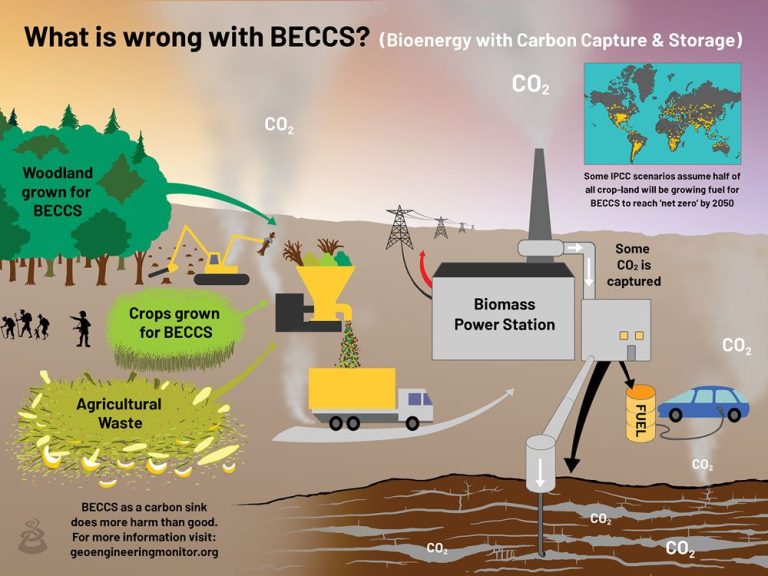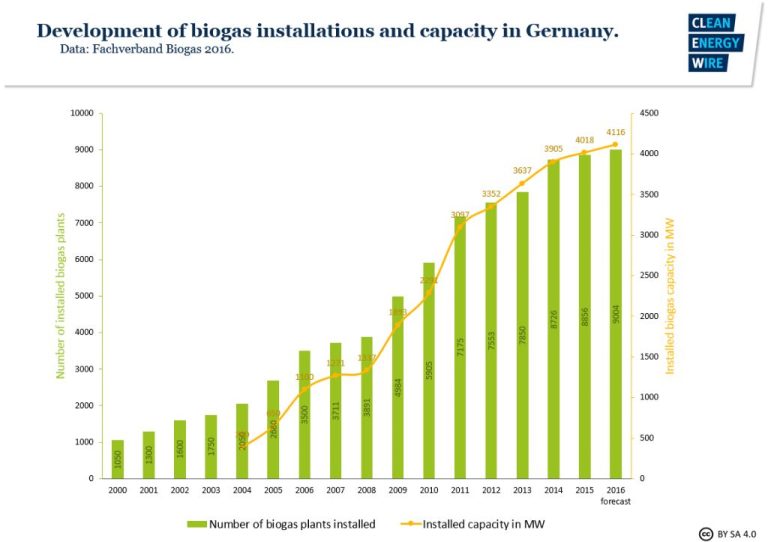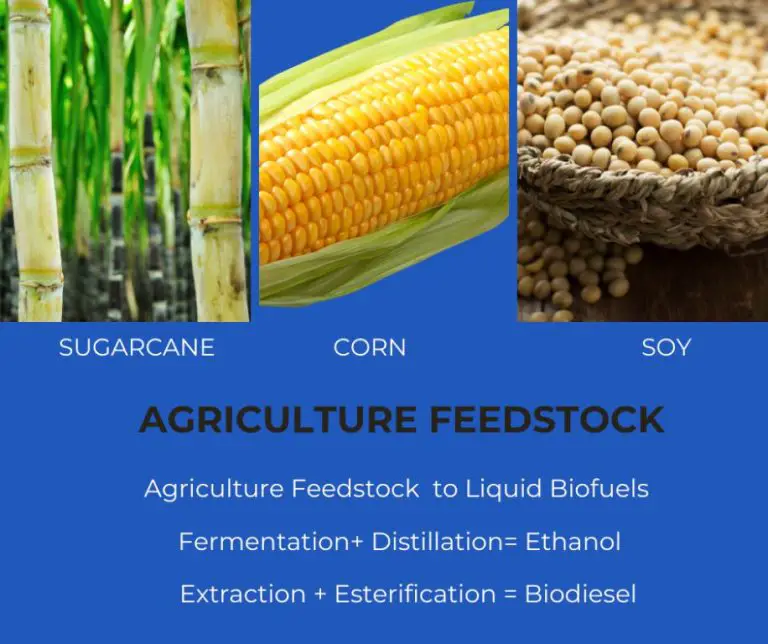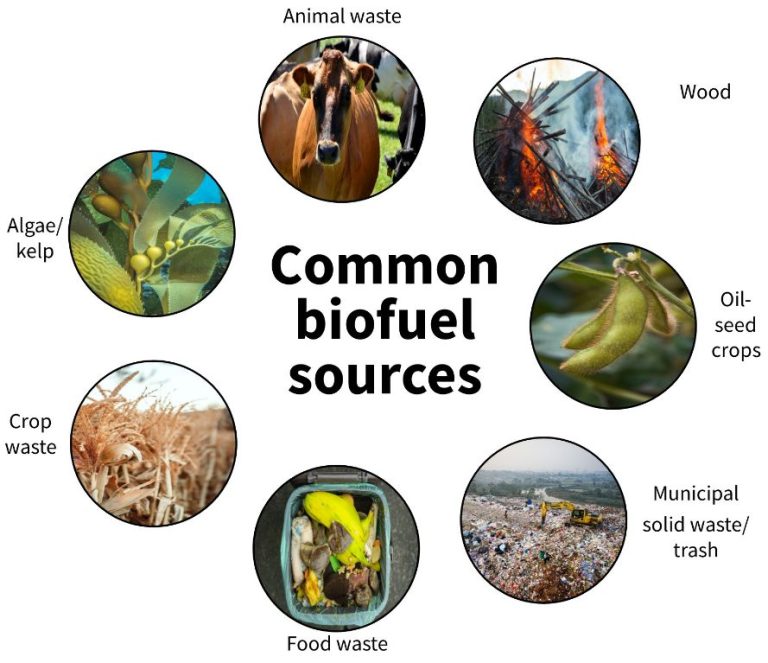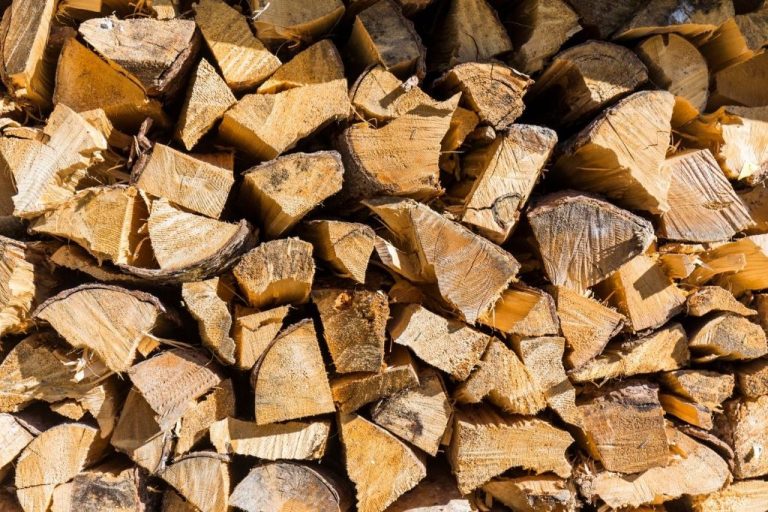What Is A Biomass Sample?
A biomass sample refers to a representative amount of biological material that is collected and processed to determine its qualities and composition. Biomass sampling provides key data that is used across various industries and applications.
Some of the main reasons biomass sampling is conducted include:
- To quantify the amount of available biomass for energy production
- To analyze the chemical and elemental makeup of biomass sources
- To evaluate biomass quality and suitability for conversion processes
- To monitor changes in biomass over time or after pre-treatment
- To calculate carbon content for emissions reporting
- To identify contaminants that could impact conversion and utilization
Biomass sampling provides data that is essential for managing bioenergy facilities, estimating biofuel production capacity, optimizing biomass supply chains, and assessing the viability of new biomass sources. It also supports research and development efforts across industries working with agricultural residues, waste materials, crops for energy, and other biomass feedstocks.
Types of Biomass Samples
There are three main types of biomass that are commonly sampled and analyzed:
Plant Biomass
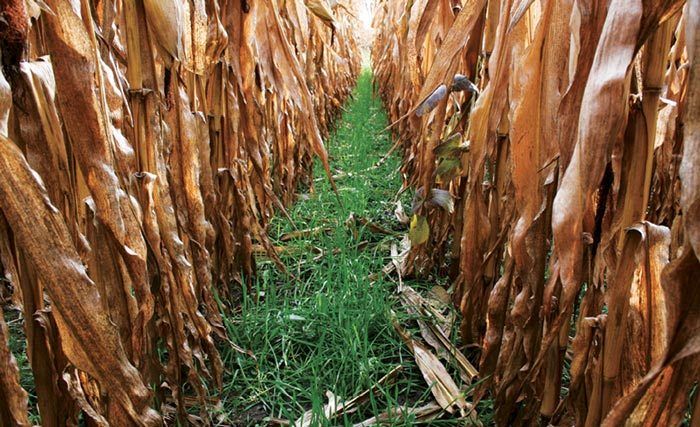
Plant biomass refers to all organic matter derived from plants. This includes trees, crops, grasses, algae, and aquatic plants. Plant biomass samples are taken to determine characteristics like moisture content, calorific value, carbon content, and chemical composition. Examples of plant biomass feedstocks are wood chips, corn stover, sugarcane bagasse, and energy crops like switchgrass.
Animal Biomass
Animal biomass includes manure and other organic waste from livestock operations. Key characteristics analyzed in animal biomass include moisture content, nitrogen content, ash content, and calorific value. Examples include poultry litter, cattle manure, and swine waste.
Microbial Biomass
Microbial biomass refers to the mass of microorganisms in a given environment, such as bacteria, archaea, protists, and fungi. It is an important indicator of microbial activity and soil health. Microbial biomass samples are collected from soil, compost, aquatic environments, and bioreactors. Examples include wastewater sludge, anaerobic digester contents, and landfill leachate.
Methods for Collecting Biomass Samples
There are two main methods for collecting biomass samples: field sampling and lab sampling. The method selected depends on the goals of the biomass analysis and the type of biomass being studied.
Field Sampling
Field sampling involves collecting biomass samples directly from the natural environment. This may involve sampling techniques like grab sampling, composite sampling, or random sampling from fields, forests, or other sites. The key steps in field sampling include determining locations, randomly or systematically collecting samples, recording relevant data, and properly preparing/storing the samples.
Lab Sampling
Lab sampling refers to collecting biomass samples that have already been transported to a laboratory setting. This allows for more control over sampling parameters compared to field sampling. Lab biomass samples may come from field sites or other sources. Standard laboratory equipment and methods can be used for collecting uniform samples under controlled conditions.
Selection of Method
The choice between field versus lab biomass sampling depends on factors like target population, variability, cost, and desired data quality. Field sampling directly captures real-world conditions but can have more variability. Lab sampling allows more control and consistency but may not fully represent the original biomass source. Researchers select the sampling method that aligns with their specific project goals and resources.
Preparing Biomass Samples
Proper sample preparation is a critical step for obtaining accurate and reproducible results from biomass analysis. After collecting biomass samples, they typically require preparation steps such as drying, grinding, homogenization, and proper storage.
Drying
Fresh biomass samples contain varying amounts of moisture content which can impact analysis. Samples are therefore dried to a consistent moisture level, typically around 10%, to enable accurate measurement of components. Drying removes moisture while minimizing losses of volatiles. Common drying methods include oven-drying, air-drying, and freeze-drying.
Grinding
After drying, biomass samples require size reduction by grinding into a fine powder. This increases the homogeneity and surface area to volume ratio of the sample. Grinding facilitates uniform subsampling and enables effective extraction and analysis. Common grinding methods include ball milling, hammer milling, and knife milling.
Homogenization
To obtain a representative sample, the ground biomass powder should be thoroughly homogenized by mixing. This averages out any local variations and ensures subsamples have similar composition. Homogenization is commonly done by coning and quartering or using riffle sample splitters.
Storage
Properly prepared biomass samples should be stored in sealed containers at cool temperatures to minimize degradation prior to analysis. Storage conditions will depend on the analytes of interest, but generally air-tight containers protected from light, moisture, and oxygen are recommended.
Analyzing Biomass Samples
Once biomass samples have been properly collected and prepared, the next step is to analyze the samples to determine their properties and composition. There are several key tests that are commonly performed on biomass samples:
Proximate analysis – This involves heating the sample under specified conditions and measuring the moisture content, volatile matter, ash content, and fixed carbon. This provides an approximate analysis of the biomass makeup.
Ultimate analysis – This test aims to determine the elemental composition of the biomass, including carbon, hydrogen, oxygen, nitrogen and sulfur content. The elemental composition impacts the energy value and emissions profile.
Calorific value tests – Calorific or heating value of biomass indicates how much heat energy can be generated from combustion. Higher values indicate more potential energy. Tests like bomb calorimetry can directly measure calorific value.
Other tests – Additional tests may examine composition of cellulose, hemicellulose, lignin, extractives, or other parameters. Analytical techniques like gas chromatography, mass spectrometry, infrared spectroscopy and wet chemistry can be used.
The results of these biomass analysis tests provide crucial data to determine the suitability of the biomass for energy generation or other applications.
Applications of Biomass Analysis
Biomass samples are collected and analyzed for several important applications across various fields and industries:
Bioenergy Production
One of the most common applications of biomass analysis is for bioenergy production. The chemical components and energy content of biomass samples can be used to evaluate the suitability of different biomass feedstocks for generating renewable biofuels and bioenergy. This allows identification of the most efficient and sustainable sources of biomass for energy production.
Agricultural Management
Analyzing biomass samples from agricultural crops and forestry can inform farm management practices. Quantifying aboveground and belowground biomass production, nutrient content, and crop residue levels helps optimize agricultural productivity, soil sustainability, and carbon sequestration.
Ecological Studies
Biomass sampling and analysis provides important data for ecological research and monitoring changes in natural ecosystems. Measuring vegetation biomass gives insights into habitat quality, biodiversity, food web dynamics, and ecosystem responses to environmental factors like climate change or land use change.
Carbon Cycling Studies
The carbon stored in plant biomass plays a key role in the global carbon cycle. Analyzing biomass samples lets scientists model terrestrial carbon stocks, fluxes, and sequestration rates. This supports research on the carbon cycle and studies into climate change mitigation strategies.
Challenges in Biomass Sampling
Biomass sampling comes with several challenges that need to be addressed in order to obtain accurate and representative results:
Obtaining representative samples – Biomass is heterogeneous and can have high variability even within the same source material. Collecting a sample that accurately represents the entire biomass batch is difficult.
Storage and preservation – Biomass samples need to be properly stored and preserved after collection to avoid changes in composition. Moisture loss and microbial degradation are common issues.
Variability – The composition of biomass often varies significantly based on factors like plant species, climate, soil conditions, harvest time, storage duration and more. Managing this variability is challenging.
Cost – Collecting, preparing and analyzing biomass samples can be expensive, especially if numerous replicates are needed to account for heterogeneity. The cost of sampling adds up for large-scale biomass projects.
Researchers are exploring methods to improve biomass sampling techniques and reduce variability. But overcoming these intrinsic challenges with biomass is an ongoing effort.
Improving Reliability of Biomass Samples
There are several key steps that can be taken to improve the reliability and quality of biomass samples:
Standardized protocols
Using standardized protocols for biomass sampling and analysis makes the process more consistent and results more comparable. Protocols should outline in detail the equipment, methods, and procedures to follow at each stage from sample collection to preparation to analysis. Adhering to established protocols reduces variability.
Replicate sampling
Taking multiple sub-samples from a biomass source and analyzing them separately provides replicates that can reveal the underlying variability. Replicates allow statistical analysis to quantify the precision and repeatability of the sampling method. More replicates give better estimates of variability.
Proper sample storage
Biomass samples must be properly stored after collection and during transport to avoid degradation. Guidelines for storage conditions like temperature, light exposure, moisture levels, and duration should be followed. Proper storage preserves the composition of the samples.
Statistical analysis
Statistical analysis should be applied to the results from replicate samples to characterize the sampling precision. Statistics like standard deviation, relative standard deviation, and confidence intervals quantify the inherent variability and reliability of the biomass sampling process.
Following these best practices can significantly improve the quality and reliability of biomass samples for analysis and testing.
Future Directions
In the future, new technologies and approaches will improve biomass sampling and analysis. Some key areas of advancement include:
- New sampling technologies – Novel methods will be developed to increase the precision and efficiency of biomass data collection. Technologies like laser scanning and drone-based remote sensing may streamline field sampling.
- Increased automation – Automated procedures and robotics will reduce manual labor and human errors in sample processing and measurement. Laboratory robotics can prepare and analyze samples at higher throughputs.
- Remote sensing – Satellite imaging and aerial observation tools can map and measure biomass over large landscapes. This provides broader spatial coverage than traditional field plots.
- Modeling – Advanced simulation models can integrate remote sensing data with ground measurements to quantify and predict biomass across regions.
By leveraging emerging technologies, the reliability and scope of biomass measurements will continue to improve. Researchers will gain enhanced abilities to monitor carbon stocks and fluxes for climate change research and sustainable resource management.
Conclusion
In summary, biomass samples provide researchers and analysts the raw material to extract crucial information about organic materials. The methodologies for collecting, preparing, and analyzing these samples continue to become more advanced. The insights gained from biomass analysis promote agriculture, bioenergy, and biotechnology innovations. While challenges remain in ensuring representative samples, standardizing procedures, and interpreting complex data, biomass sampling holds great value for both basic research and practical applications. As sampling and analytical techniques improve, biomass analysis will likely advance our understanding of biological processes and lead to more sustainable uses of plant and animal derived materials.
The importance of biomass sampling cannot be overstated. These samples not only quantify the available organic resources, but also reveal details about their composition and variability. This empowers researchers to make new connections between structure, genetics, environment, and industrial utility for diverse biological materials. While advances in remote sensing provide some insights, physical biomass samples remain essential for ground-truthing and laboratory analysis. All who rely on plant or animal derived resources have a stake in the continued refinement of biomass sampling procedures and analytic capabilities.

